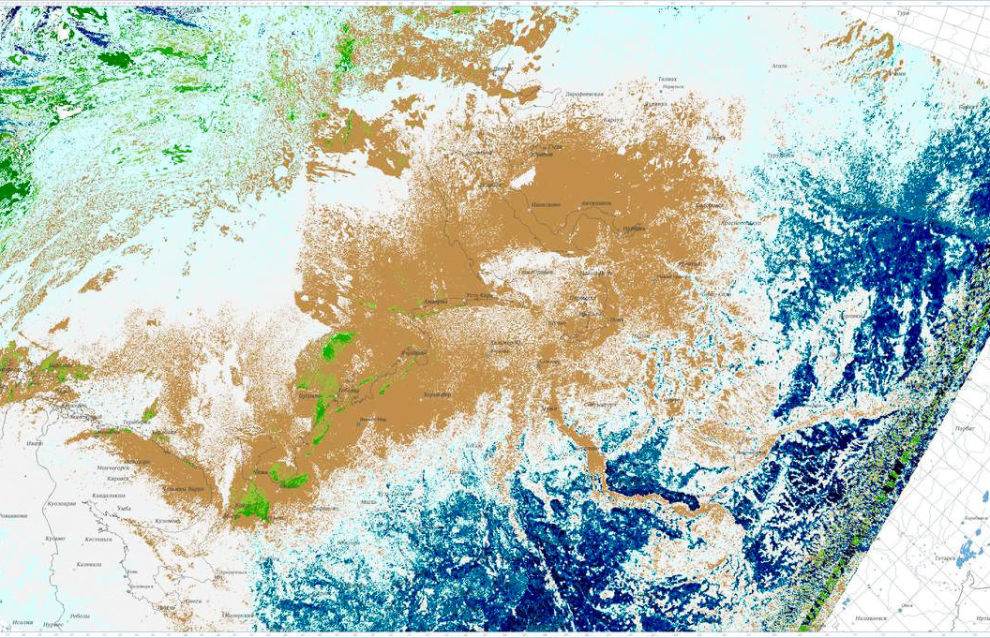Ruselectronics develops device with continuous access to meteorological data on the Northern Sea Route
Ruselectronics, a subsidiary of Rostec State Corporation, has developed a multifunctional system for monitoring meteorological and ice conditions. The system will transmit detailed information on the weather in any area, and will also transmit data to ships in the Arctic in the absence of communication with land-based stations. The necessary tests should be completed before the end of 2024.
The hardware and software for for receiving, processing and relaying hydrometeorological information can be in either land or sea formats. It is capable of operating in the extreme conditions of the Arctic with ambient temperatures as low as - 60 °C and wind speeds of up to 50 m/s. The system identifies and processes information on the type and amount of cloud cover, precipitation intensity, and surface temperatures. The data is displayed on the workstation monitor.
“Our system is as good, if not better, than existing systems for monitoring hydrometeorological information, including foreign made systems. The use of modern transceiver units and advanced software has made it possible to significantly reduce the size of the equipment, as well as cut costs while maintaining the functionality of other professional stations. Some components of the system have already demonstrated their effectiveness as part of Russian Emergencies Ministry exercises and have received positive feedback. By the end of 2024, the Television Research Institute plans to carry out the necessary tests and to begin sending the equipment to the first customers,” noted Alexei Nikitin, acting general director of the Television Research Institute.
The equipment provides combined reception of information from Earth remote sensing satellites with one antenna in two frequency - centimeter and decimeter - ranges at once. This eliminates the need to build separate stations and reduces the cost of maintaining additional equipment.
The engineering designs used to create the system ensure compatibility with existing equipment and also with anticipated future weather satellites.
Meteorological information requests are possible not only within the region, but also by coordinate for separate areas, which increases data accuracy in difficult climatic conditions.
